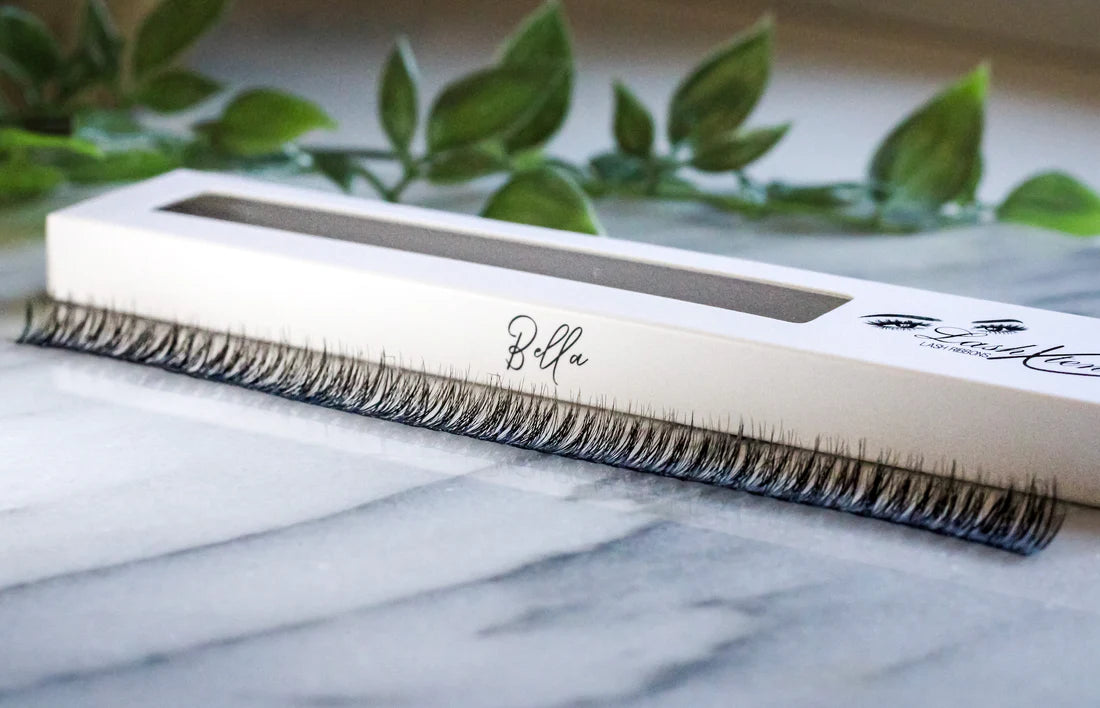The practice of enhancing eyelashes has a long and fascinating history that dates back to the late 19th century. Let's take a look at the evolution of eyelash extensions, from the first recorded attempts to lengthen lashes to the advanced techniques used today.
In 1879, James D. McCabe wrote The National Encyclopædia of Business and Social Forms, which included a section on "Laws of Etiquette." This section contained a curious suggestion that eyelashes could be lengthened by cutting the ends with scissors. Other beauty books from this era, such as My Lady's Dressing Room (1892) by Baronne Staffe and Beauty's Aids or How to be Beautiful (1901) by Countess C, recommended trimming eyelashes and using various concoctions to promote eyelash growth.
By the turn of the 20th century, more extreme methods for lengthening eyelashes began to emerge. Reports from Paris and Dundee described a painful process in which hair was sewn into the eyelids to create longer lashes. In 1902, German-born hair specialist Charles Nessler patented a method for creating artificial eyebrows, eyelashes, and other hairpieces. By 1903, Nessler was selling artificial eyelashes at his London salon.
In the early 20th century, false eyelashes made from human hair became a popular option for film actresses who wanted to make their eyes appear larger on-screen. In 1916, director D. W. Griffith had false eyelashes woven piece by piece for actress Seena Owen for his film Intolerance. False eyelashes began to gain more mainstream acceptance in the 1930s, thanks in part to their endorsement by Vogue magazine.
In the 1960s, the trend of using false eyelashes to create a wide-eyed, doll-like look became hugely popular. Models like Twiggy helped to popularize the trend, which involved applying false lashes to both the top and bottom eyelashes. However, false eyelashes also became a target of criticism from some feminists, who saw them as symbols of enforced femininity and "female torture."
In recent years, technology has advanced to the point where eyelash extensions have become a popular and widely available beauty treatment. This involves attaching synthetic or natural hair fibers to the natural eyelashes using a specialized adhesive. Eyelash extensions offer a semi-permanent way to enhance the appearance of the eyes, and can be customized to suit individual preferences in terms of length, thickness, and curvature.
One notable recent development in the world of false eyelashes is the invention of magnetic lashes. In 2014, Miami-based entrepreneur Katy Stoka invented magnetic false lashes as a glue-free alternative to traditional false lashes. Today, magnetic lashes are becoming more popular, with many mainstream brands offering affordable options.
In conclusion, the history of eyelash extensions is a testament to our ongoing fascination with enhancing our natural beauty. From the first attempts to lengthen lashes with scissors to the advanced techniques used today, we have come a long way in our quest for longer, fuller lashes. Whether you prefer traditional false lashes, semi-permanent eyelash extensions, or the latest magnetic lashes, there are now more options than ever to help you achieve the look you desire.








Share:
Lash Extensions FAQs
Lash Extension Trends